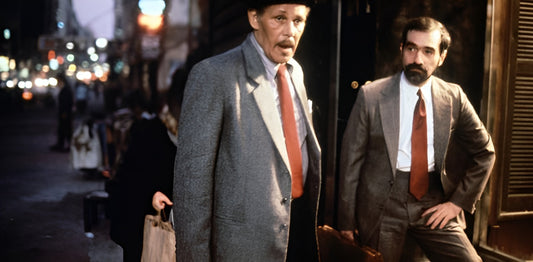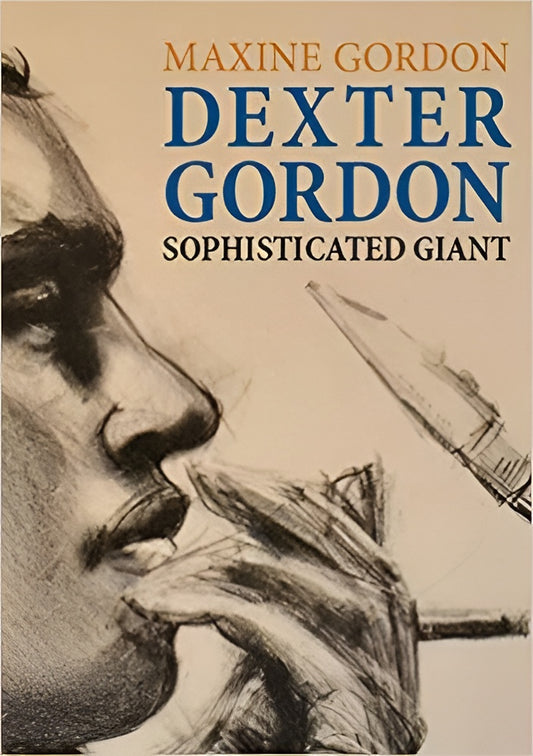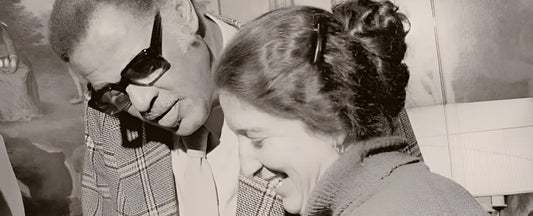Dexter Gordon, one of the prodigal sons of jazz diffusing through the veins of American and global music culture, certainly beguiles us with his melodious rhythms and alluring legacy. From the dimly lit 1940s club scenes of New York City's Harlem to a career that spanned over four decades, Gordon left behind a rich catalogue that embraced both stylistic evolution and tradition.
Beginnings, Bebop and The Blue Note Years
The earliest jazz rhythms, including bebop, resonated deeply with Dexter Gordon, contributing to his initial musical personality. His stride onto the stage during the 1940s brought him in close professional proximity with legends such as Louis Armstrong and the iconic Charlie Parker. Dexter's years at the Blue Note label became his most influential, producing albums like "Go!" and "Our Man in Paris". These albums blended traditional jazz, modern stylistics, and Gordon's deeply personal expression creating music that was an avant-garde mix, irresistible for fans of all backgrounds.
His performances during the Blue Note years were revolutionary, epitomizing a potent cycle of life. "Go!" and "Our Man in Paris" remain jewels of jazz, testifying to Gordon's genius that evolved within the warm understated sophistication of the iconic Blue Note Records.
Expatriation to Europe
In the 1960s, Dexter Gordon found solace overseas in Europe, mainly in Denmark and France. This seismic shift in his location carried a profound impact on his music. The freeing European atmosphere reverberated in his playing, letting him create music that was brighter, louder, and faster. Not only did it result in new albums, but it also opened up a time of cultural exchange and artistic growth.
His years in Europe brought forth a distinct alteration in his music. He embraced the continental drift between America and Europe, attributing to his portfolio an international aura of jazz, both in performance and in composition. This period also saw Gordon breaking linguistic barriers, bringing jazz influences into European music.
Hollywood and a Return to America
His return to the States in the 1970s was marked by a renewed vigor in his career, both as a musician and an actor. Garnering an Academy Award nomination for his portrayal of a jazz musician in "Round Midnight", he infused the silver screen with the life-energy of jazz. This period underscored his multifaceted potential, and his reach extended beyond concert halls and recording studios.
Despite the bright lights of Hollywood calling, Gordon's heart forever stayed within jazz. His performances, post his Hollywood rendezvous, gave birth to masterpieces like the "Sophisticated Giant" an album that glistened with Dexter's undulating saxophone solos.
Dexter Gordon’s Influence Today
The music of Dexter Gordon can still be heard today, echoing through contemporary jazz and seared into the heart of modern culture. His influence looms large over musicians who venerate him as a voracious and radiant artist. Gordon not only transformed jazz—he was a revolutionary artist who defined a new approach to the genre.
He might no longer be walking amongst us, but his legacy lives on. His discography serves as a rich resource for budding artists, a source of inspiration, and a pivotal starting point in the academic study of the evolution of jazz.
Dexter Gordon’s legacy and his unforgettable music continue to resonate, reflecting the grandeur of his life — a life lived with vibrancy, freedom and love for the language of music. His monumental contributions to jazz culture have solidified his place among the stars of American culture and worldwide music history. His musical echoes still resonate in the hearts of many and will surely reverberate for generations to come.





